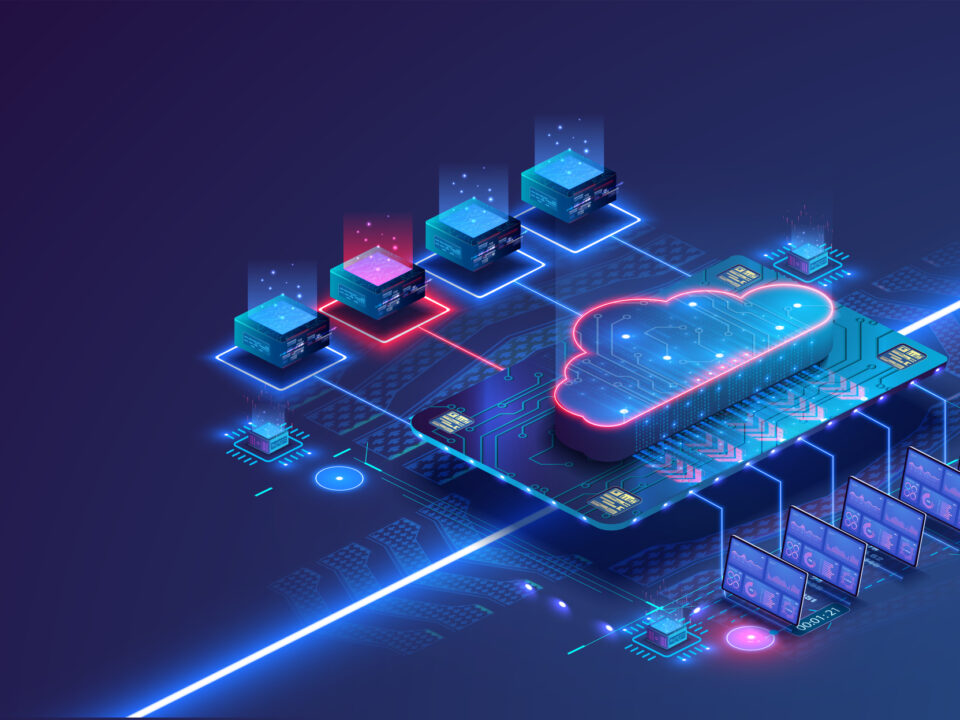Revitalising science with blockchain technology
In recent years, there is increasing evidence that scientific progress and productivity are decelerating. Europe is stuck in a “middle technology trap”, with few innovations in cutting-edge fields like biotechnology and electronics (Leptin and Tirole, 2025). In the US, research productivity falls in half every 13 years (Bloom, Jones, Van Reenen, and Webb, 2020). And globally, it is found that disruptive science, research that sends a field in a new direction, has plummeted since the mid-20th century (Kozlov, 2023).
While exactly what is driving this trend is not entirely clear, one plausible reason is the inefficiencies of the existing academic establishment. In the industrial era of the 20th century, the government took on the role of a major sponsor of science, producing achievements such as the Manhattan Project and the space programme (Triplicate Research, 2024). However, institutionalised science is showing its limits in today’s digital age. Centralised institutions have been linked to a risk averse culture that favours incremental progress. Moreover, limited data availability and transparency are leading to a reproducibility crisis, threatening scientific integrity. This is coupled with an academic publishing system that is criticised for its opacity, inefficiency, and susceptibility to bias (Unfried, 2024).
It is at this critical juncture of a scientific deceleration that blockchain technology arrives. Digital technology has fundamentally reshaped broad swathes of society, ranging from business, education, to media, and the same will happen to science. As the anti-thesis of centralised scientific institutions, blockchain technology democratises participation in science and addresses traditional bottlenecks in collaboration, funding, and ownership. This matters because, as we will see, it is paving the way to an era of Decentralised Science (DeSci) that could catalyse an open, equitable, and efficient scientific future.
The cycles of technological revolutions
To examine how blockchain technology will transform the scientific establishment, it is instructive to employ economist Carlota Perez’s framework for technological revolutions. In her classic book Technological Revolutions and Financial Capital, Perez (2003) studies the techno-economic patterns experienced by previous technological revolutions since the 1700s, including factory production, steel, automobile, and telecommunications. As it turns out, the introduction of a new technology often ignites a cycle of upheaval across society and propels a long-term upsurge of development.
Perez divides the paradigm shift that takes a technological revolution from creation through to maturity into five phases. First, the irruption phase begins with a surge of interest in the new technology amidst a world threatened with stagnation. Next comes the frenzy phase, the intense exploration of use cases driven by speculative financial capital. The inevitable burst of the frenzy phase leads to the turning point, a period of recession marked by greater involvement from regulators and other socio-institutional interests. This reset kicks off the synergy phase, where the initial build-out can achieve economies of scale at a healthy rhythm. Finally, the new technology will reach its limitations in the maturity phase, setting the stage for stagnation and the next technological revolution.
The boom-and-bust cycle of decentralised science
Amidst today’s scientific stagnation, blockchain technology arrived with the promise to foster a more open scientific ecosystem, kick-starting the irruption phase in the mid-2010s. To be sure, the emergence of the commercial internet in 1995 triggered the earlier Open Science movement: the open sourcing of scientific data, software, and workflows (Strawn, 2021). The decentralised, transparent, and immutable nature of blockchain technology has further advanced the Open Science movement. Numerous blockchain-based research projects were piloted in the 2010s, encompassing use cases ranging from open publishing, data repositories, reproducibility, transparent evidence, to resource sharing (Leible, Schlager, Schubotz, and Gipp, 2019).
The frenzy phase began in 2021 when the DeSci movement gained traction. It has given birth to the Decentralised Autonomous Organisation (DAO), a novel community-led model that funds transformative science missions through blockchain and token-based incentive mechanisms with a broad base of scientists, entrepreneurs, and investors (Unfried, 2024). Through transparent and decentralised decision-making, these DAOs have shown the potential to effectively curate, fund, and govern scientific initiatives (Fantaccini, Grassi, and Rampoldi, 2024).
One particularly promising area is healthcare and biotechnology. This is due to the industry’s fragmented data systems, lack of transparency, and absence of patient-centric practices. DAOs can act as a vehicle for capital formation and goal-setting, where stakeholders include patients, researchers, and investors. Smart contracts then enforce milestone-based funding. Eventually, the intellectual property borne out of the research can be tokenised and distributed to all DAO participants (Binance Research, 2025). Molecule, a pioneering DAO in biopharma with over 25,000 community members, has funded 35 projects with $8 million. It facilitated the creation of VitaDAO, a community-driven initiative in longevity research which later attracted investment from Pfizer Ventures.
By 2025, dozens of DeSci projects have emerged with a combined market capitalisation exceeding $1.75 billion (Binance Research, 2025). However, while these projects promise to accelerate scientific progress, they are also known for their volatility and sometimes outright gambling. Perhaps the best example is Pump Science, a meme coin platform that enables users to speculate on the health benefits of chemical compounds. These meme coins can experience thousand-fold returns in days, followed by dramatic declines. To date, a truly successful real-world application is yet to emerge from DeSci DAOs.
Towards the Golden Age in science
Arguably, we are now at the turning point where the existing socio-institutional framework needs to evolve in order to accommodate and enable the full deployment of DeSci. It is the time when the leading actors from the scientific establishment, society, and government recognise the excesses as well as the barriers preventing the technology from achieving its full potential. Success necessitates an evolution in norms, laws, and regulations to create a more open, collaborative, and efficient scientific ecosystem.
First, there is a need for a supportive regulatory framework to ascertain the legal status of DAOs for potential funders and scientists from traditional institutions to participate at scale. Next, displacing centralised institutions with decentralised systems may lead to an explosion of knowledge creation that necessitates new verification approaches. At the same time, the speed of discovery calls for new ethical frameworks and safety protocols to manage potential risks. Finally, the transparency of blockchain-based systems requires a careful balance between open access to data and privacy protection.
There are promising signs that traditional establishments and crypto-native communities are moving closer together. In Europe, the European Open Access Cloud champions Open Science by allowing open access to research data. The European Commission’s blockchain/web3 strategy supports blockchain solutions while adhering to the values of enhanced trust services, data protection, cybersecurity, and interoperability. In financial services, the Markets in Crypto-Assets Regulation (MiCA) is a good example of a pro-innovation legal framework enshrining these European values. Adopting MiCA’s policy approach to blockchain-based scientific applications will provide legal certainty and the foundational guardrails for Europe to become a leader in DeSci.
At the same time, crypto communities are developing solutions to onboard non-crypto-natives more easily. For example, VitaDAO has structured legal agreements and funding in a way that universities can stay legally compliant (Fantaccini, Grassi, and Rampoldi, 2024). But more needs to be done to balance transformative technological potential with our scientific heritage.
If we successfully create the enabling conditions at the turning point, this will usher in the synergy phase which can be the true golden age of DeSci. In this phase, decentralised networks offer a viable alternative to centralised institutions, enabling global collaboration on scientific challenges. With blockchain literacy initiatives, a new generation of scientists who understands the value of crypto-native networks will employ community-driven funding to conduct high-risk, high-reward research. Quality control will be ensured by a worldwide network of researchers through token incentives and reputation systems. Combined with open access to data safeguarded with blockchain-based privacy solutions, this will create a progressive community of researchers to revitalise scientific progress.






